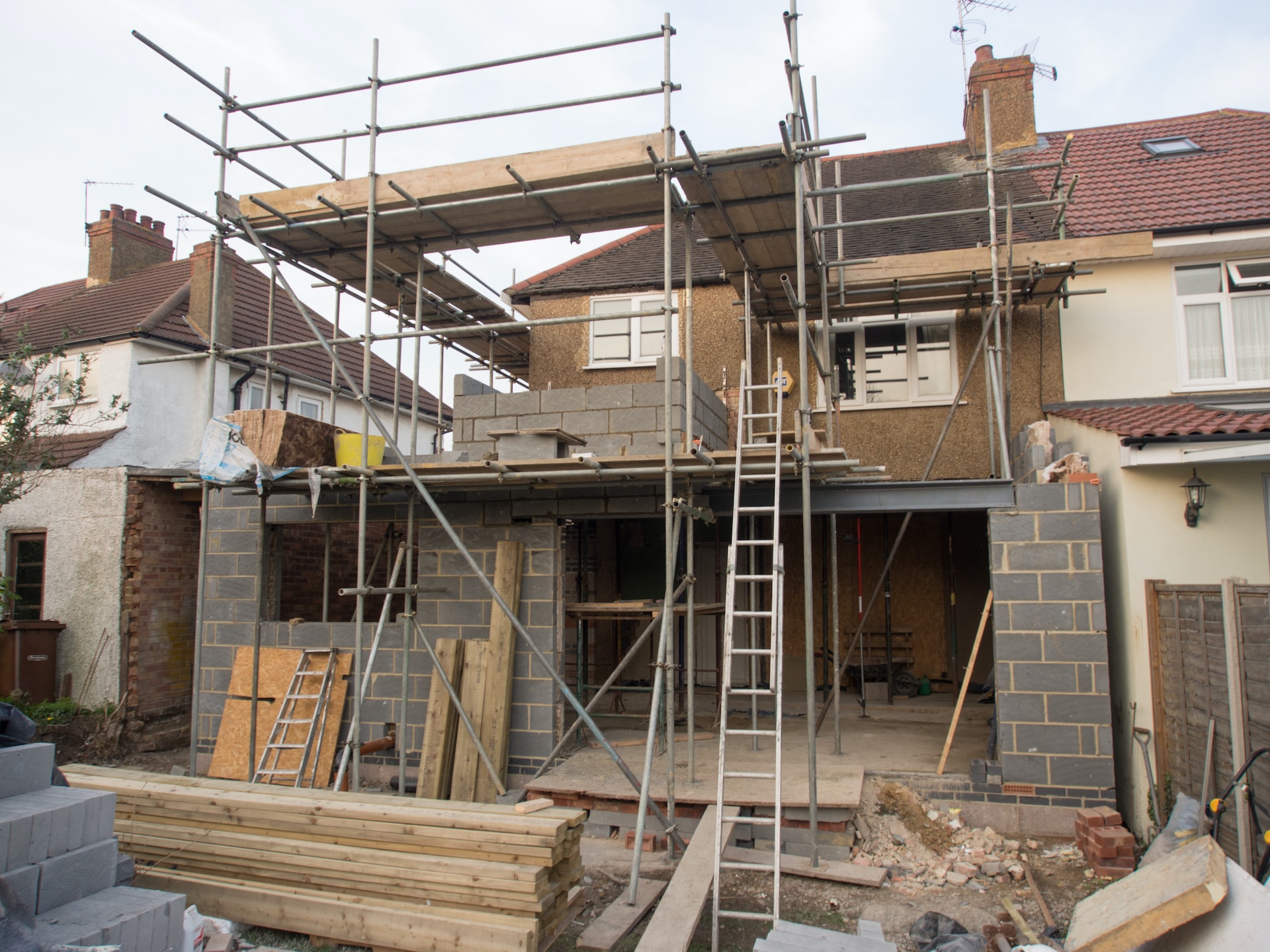Wisdom Tooth Extraction: Myths and facts. Preparation, Procedure and Postextraction
Understanding Wisdom Tooth Extraction
Wisdom teeth are the third molars which typically develop between the ages of 17 and 25 and are most prevalent in teens. Some people possess enough space in their mouths to let these teeth grow normally however,most people will experience difficulties at some point.
Wisdom teeth that have been impacted could cause a range of dental problems. Wisdom teeth that are impacted could lead to infections gum tooth decay, and even cancer.
Oral surgeons and dentists are the ones who carry out the process of wisdom tooth extraction, including molars as well as wisdom teeth extractions. They first apply local anaesthesia to numb your gums prior cutting them into and then removing the tooth. Sometimes there are multiple extractions that are needed. The use of sedation methods such as nitrous oxide or general anaesthetics can be helpful if you’re suffering from extreme anxiety about visiting the dental office. More about wisdom tooth at Forest and Ray.
Discrediting myths: Separating the truth from the fiction of wisdom tooth extraction
A common myth about wisdom teeth removal is that surgery is required in all cases. Not all extractions require surgery.
The second reason is that everyone should get their wisdom teeth removed. It is believed that removing your wisdom teeth lower will impair your ability to eat properly or alter the appearance of your face with time. It’s not true. Wisdom teeth that develop normally do not usually cause pain or discomfort. The removal of lower wisdom teeth will not affect facial structure or hinder chewing abilities as provided that proper post-extraction care and healing occurs in the tooth socket as well as surrounding gum tissue.
Making preparations for the procedure: What to Expect Before Your Extraction
Before the wisdom teeth are removed, you should consult your dentist. This consultation will involve an examination of your mouth, and also X-rays. The dentist will decide on the best way to get rid of your third molars.
There are a variety of options for sedation options when wisdom teeth are removed. Local anaesthesia is the most well-known method of sedation. It is used to numb the area around the tooth. If the dentist suggests it, or if several teeth are removed at the same time it is possible that a general anaesthetic will be needed.
Guide to the Extraction Process
Following a visit with your oral surgeon or dentist, you will be scheduled for wisdom tooth removal. If one or more wisdom tooth(s) are causing discomfort or pain,or if they are affecting the teeth around them or the surrounding teeth,this procedure might be necessary. This procedure may be beneficial in cases where you are not tolerant for pain or are nervous regarding dental procedures. On the day of surgery,you will receive anaesthesia to numb the area in which the tooth is removed.
Recommendations for a Health Post-Extraction Care
Following the extraction Your dentist will then place gauze pads on the tooth socket to stop bleeding and encourage the formation of blood clots. You must continue to bite the gauze pad at least 30 minutes after you leave the dental office. It is normal to feel discomfort or discomfort after taking out the wisdom teeth. However,if you feel any sharp or intense pain in your jaw bone or gums,contact your dentist immediately,as this may be a sign of complications.
What to watch out for after extraction
Patients must be aware there may be issues and pitfalls following removal of wisdom teeth. Dry socket is a common problem that occurs when the blood clot surrounding the tooth is dislodged or dissolves prematurely,exposing the bone below and nerves. This can cause severe pain and may delay healing.
Long-Term Impacts: What Are They? Do You Feel About Wisdom Tooth extraction affects your oral Health
After removing mandibular and maxillary wisdom teeth,patients can feel pain or discomfort during the procedure. This is normal and can be controlled by anaesthesia alternatives such as local anaesthetics or the use of sedation. While it’s true there are not all patients who require wisdom teeth removed, there are times when surgical removal is necessary. As an example,let’s say teeth have broken through the gum line but does not fully emerge because there isn’t enough space in the jaw. This could cause long-term complications,such as the formation of an infection or damage to adjacent teeth.


